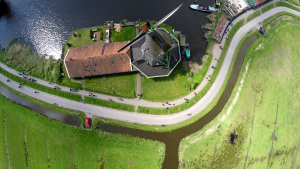Already, those whove found themselves on the wrong side of the law had to face the implications and this included not just paying fines, but additionally having their drone footages, videos or shots pulled down from where they posted them. The Civil Aviation Agency in Croatia imposed the UAV ordinance in May 2015 with the intent of regulating drone activities in Croatia. Therefore, if you intend to film in this country, heres what you 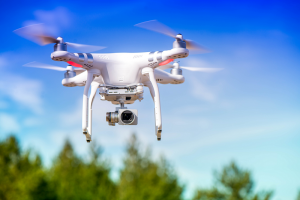 ought to know. Notifying the Authorities – Croatia is home to fascinating vacation spots so one might feel compelled to record theirs with the best drone. Even taking shots is recommended because at one point, looking at them will stir memories of that specific place and that frequently feels so good.
ought to know. Notifying the Authorities – Croatia is home to fascinating vacation spots so one might feel compelled to record theirs with the best drone. Even taking shots is recommended because at one point, looking at them will stir memories of that specific place and that frequently feels so good.
Nevertheless, before you do either, you’ll have to notify the State Geodetic Administration at least 15 days in advance. You’ll also have to pay the required state fees. Failure to do so could see you fined up to 25, 000 kunas – Filming Details – Before you begin to film, there are a number of details you’ll have to give out. Including a map of your planned footage, planned flight length, focal length, and so forth. This is done every other time you would like to film footage with your drone. And after filming or taking photographs, they may have to be passed on to the authorities for approval.
Well, this may explain why several drone footage of particular places in Croatia has since been pulled down from YouTube. Flying Zones – If you lack a special permission, it means you can only fly your drone in places categorized as Class I & II. These are areas which are uninhabited and without any buildings or with deserted ancillary commercial buildings. Nevertheless, you’re still going to require a certificate attesting to your qualification as a drone pilot. Flying Over Crowded Areas – To fly over areas full of dozens of individuals or human activity, the organizer may have to grant you a special permission.
In addition, you’ll have to supply to the Civil Aviation Agency your name and state who’ll operate the drone. Details on your flight will need to be communicated as well and lastly, you’ll have to show your accident and liability coverage. Controlling The Drone – While operating your drone, the law is clear that it should fly it a minimum distance of 150 m away from large rallies and 30 meters from animals, people, vehicles, roads, transmission lines, ships, along with other objects. In the same time, the drone shouldnt at any time go beyond 500 meters from where you’re operating it.
Put differently, make sure the drone never goes out of your line of light. Other fundamental rules to note include: you’re only permitted to operate a drone throughout the day – The maximum flight altitude is bound by the 79 joules rule. For deviating flight manoeuvres, you may need authorization from the Civil Aviation Agency. Maintain a 3 kilometer distance from airport facilities – bear in mind that these are only a part of the rules governing Unmanned Aerial Vehicles.
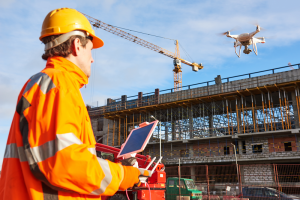 run any drones. The business is part of an increasing sub market within the bigger drone economics focused on drones as service, a section many believe will shortly unveil the multi billion dollar marketplace for drone hardware itself. You will find drone manufacturers, there are the businesses which want to utilize drones, and after that theres everything else, says Lisa Ellman, a drone policy specialist and co director of the UAS Group in the Washington D.C.
run any drones. The business is part of an increasing sub market within the bigger drone economics focused on drones as service, a section many believe will shortly unveil the multi billion dollar marketplace for drone hardware itself. You will find drone manufacturers, there are the businesses which want to utilize drones, and after that theres everything else, says Lisa Ellman, a drone policy specialist and co director of the UAS Group in the Washington D.C. has enhanced tremendously rapidly with firms like DJI and GoPro investing huge amounts of resources in their products. Security features, size, ease of use and the quality of the pictures from the cameras are the important components to the success of any drone model, and DJI especially has managed to hit the mark using any of these across their customer and professional products lines. Now I don’t need to enter laws and the politics of flying drones here.
has enhanced tremendously rapidly with firms like DJI and GoPro investing huge amounts of resources in their products. Security features, size, ease of use and the quality of the pictures from the cameras are the important components to the success of any drone model, and DJI especially has managed to hit the mark using any of these across their customer and professional products lines. Now I don’t need to enter laws and the politics of flying drones here.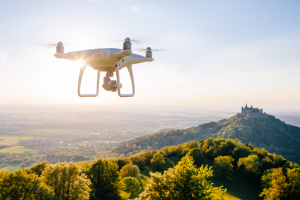 F181 is a good place to begin. This feature packed drone comes along with an attachable 720p camera, a push button return, and an altitude hold function which might help any aviator stay up in the air. Sadly, it does not come with an external gimbal to stabilize your footage, which suggests your camera is only as stable as your flying. But for the $109 price tag, this drone is hard to beat. We like to call the Breeze the spending budget DJI Mavic.
F181 is a good place to begin. This feature packed drone comes along with an attachable 720p camera, a push button return, and an altitude hold function which might help any aviator stay up in the air. Sadly, it does not come with an external gimbal to stabilize your footage, which suggests your camera is only as stable as your flying. But for the $109 price tag, this drone is hard to beat. We like to call the Breeze the spending budget DJI Mavic.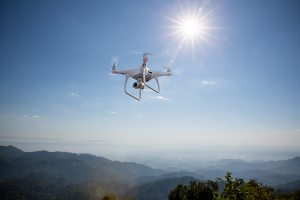 but I extremely recommend you do so if you want to use copyrighted material in your videos. Using drone videos and copyrighted material for profit is a different story. Without being granted explicit authorization from a songs artist, it’s illegal to use a copyrighted song for monetary or other personal gain. There are, however, two kinds of music that ARE legal for you to use: Royalty free and Public Domain music. Public domain music is probably the safest bet for you to use, although frequently not ideal because of its nature.
but I extremely recommend you do so if you want to use copyrighted material in your videos. Using drone videos and copyrighted material for profit is a different story. Without being granted explicit authorization from a songs artist, it’s illegal to use a copyrighted song for monetary or other personal gain. There are, however, two kinds of music that ARE legal for you to use: Royalty free and Public Domain music. Public domain music is probably the safest bet for you to use, although frequently not ideal because of its nature.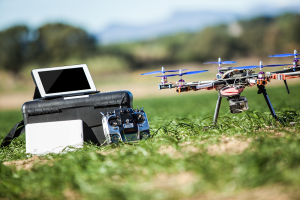 so that you can back up the movie while you film it to defend against failures on your storage media. Support: Support for your drone means support for your camera. This might seem like a small thing, but its one less call and one less warranty you’ve to cope with. The cons of buying a drone with an integrated camera include: Camera quality: Drone companies build drones, not cameras.
so that you can back up the movie while you film it to defend against failures on your storage media. Support: Support for your drone means support for your camera. This might seem like a small thing, but its one less call and one less warranty you’ve to cope with. The cons of buying a drone with an integrated camera include: Camera quality: Drone companies build drones, not cameras.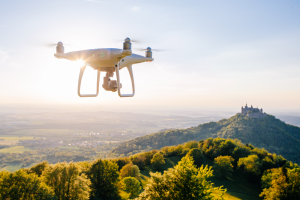 quality of our shooting remains good or to improve it. Read on and well tell you exactly what we may do. The lens – Firstly, we’ll start with the obvious. Ensure that your cameras lens is clean. Fingerprints, dust, dried up water specks, etc. They’ll all degrade the quality of the footage. To clean the lens prefer Zeiss Lens cleaner. In the end, Zeiss knows lenses so it is sensible they also know how to clean them. When were on the go well frequently bring some Zeiss pre moistened lens cleaning wipes instead.
quality of our shooting remains good or to improve it. Read on and well tell you exactly what we may do. The lens – Firstly, we’ll start with the obvious. Ensure that your cameras lens is clean. Fingerprints, dust, dried up water specks, etc. They’ll all degrade the quality of the footage. To clean the lens prefer Zeiss Lens cleaner. In the end, Zeiss knows lenses so it is sensible they also know how to clean them. When were on the go well frequently bring some Zeiss pre moistened lens cleaning wipes instead.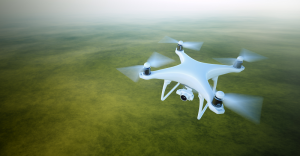 would be the best to find out the flight camera and operations. As it is very inexpensive, it is possible to give a try with no hesitation. After training may find the cheap drones under $100 and under $200.1. Sky Viper m200 Nano drone – it is a micro dimension drone with Mega functionality. It’s possible to hold this Sky Viper Nano drone m200 on your palm. Really its good for such an inexpensive drone. While talking about its functionality, outstanding. Stunts can be performed by you.
would be the best to find out the flight camera and operations. As it is very inexpensive, it is possible to give a try with no hesitation. After training may find the cheap drones under $100 and under $200.1. Sky Viper m200 Nano drone – it is a micro dimension drone with Mega functionality. It’s possible to hold this Sky Viper Nano drone m200 on your palm. Really its good for such an inexpensive drone. While talking about its functionality, outstanding. Stunts can be performed by you. 